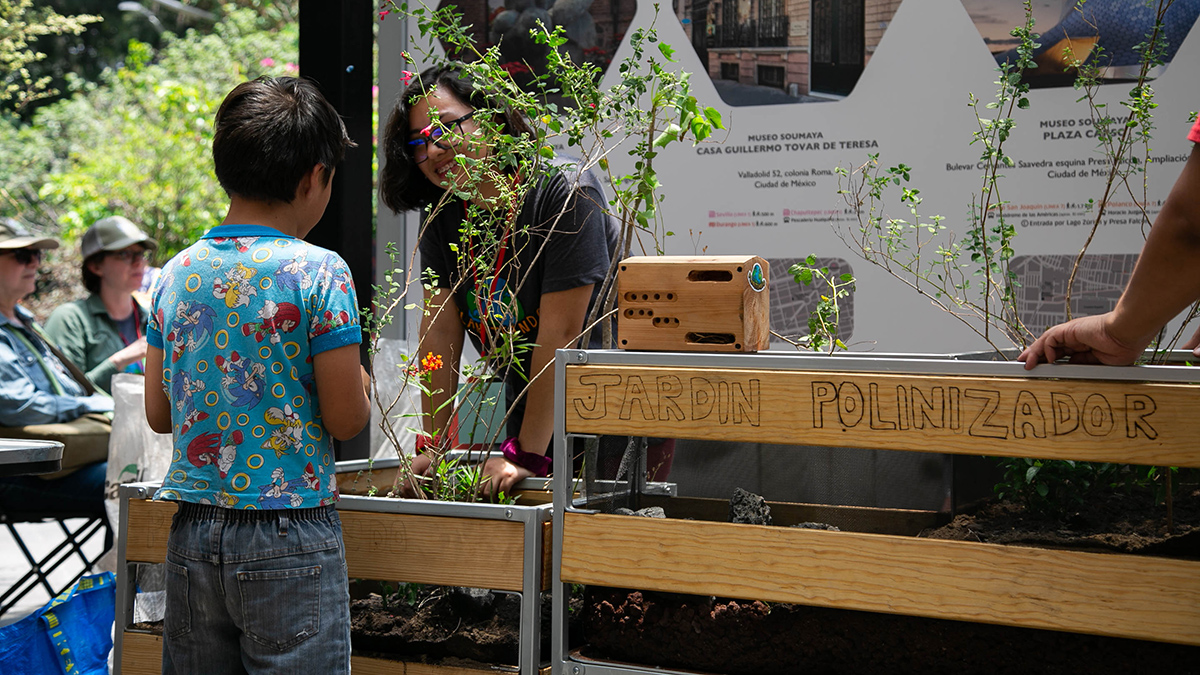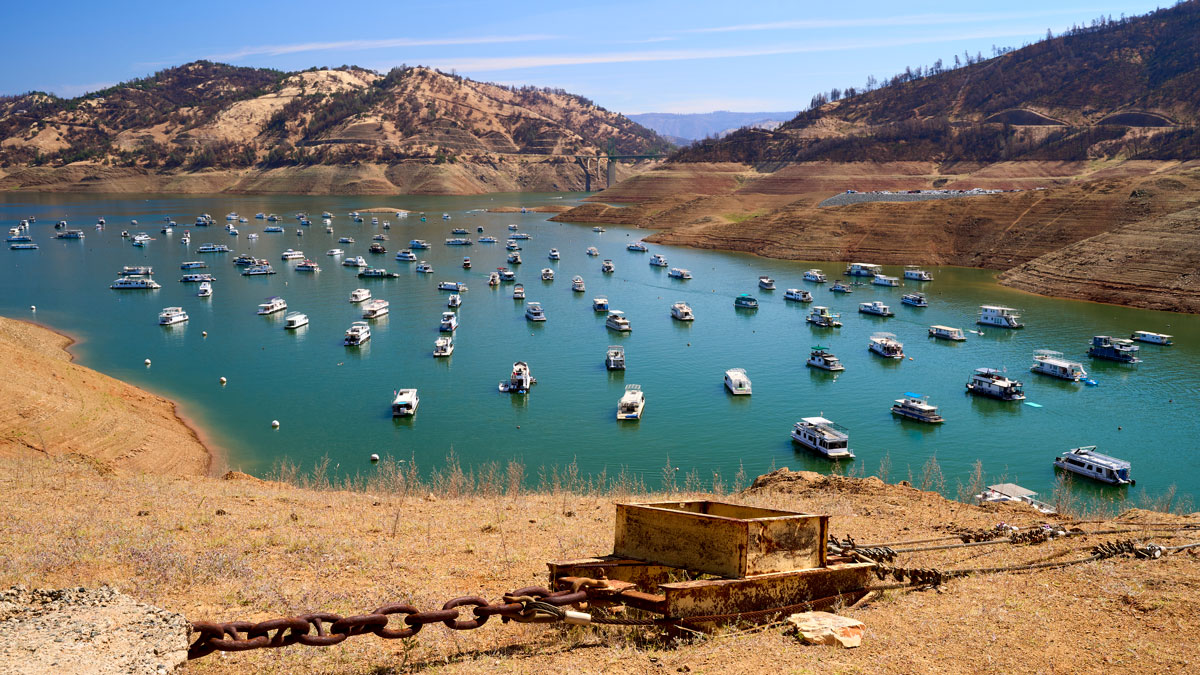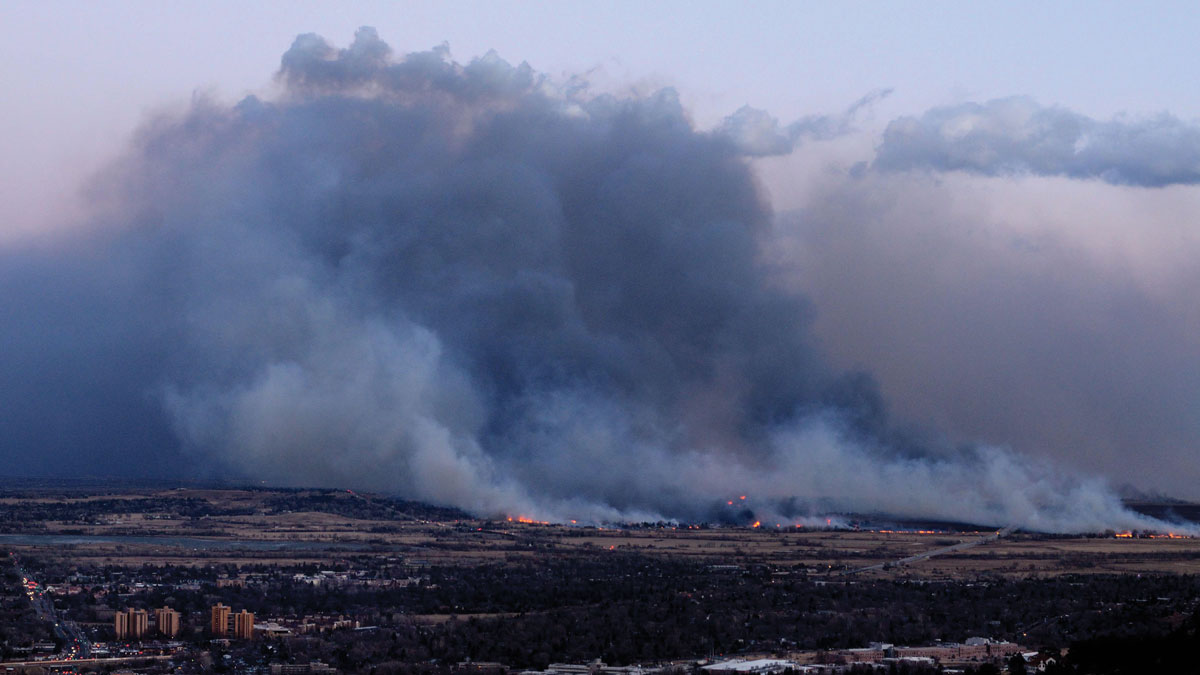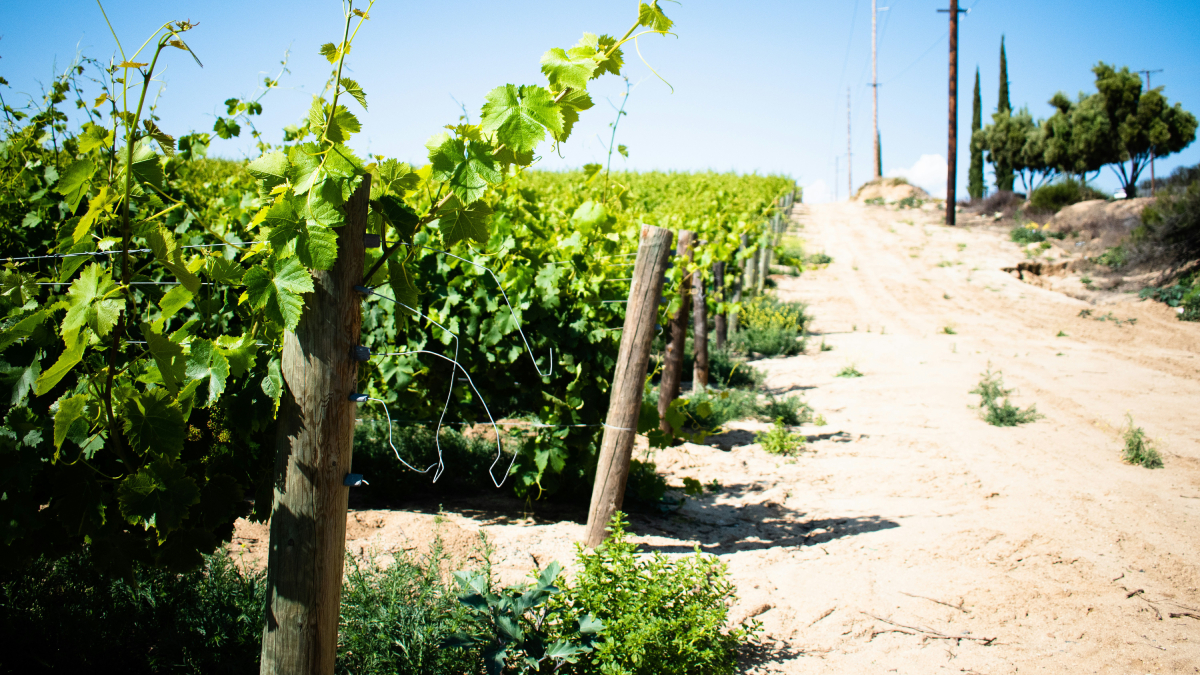Mexico’s largest Earth science festival will debut special activities to engage children in science—although audiences of all ages are welcome to enjoy them.
Climate Change
Coral Larvae Journey Far and Wide in the Western Indian Ocean
Researchers mapped coral reef connectivity across the Seychelles archipelago to inform conservation efforts in the face of climate change.
Extra Carbon Dioxide Helps Lower Layers of the Amazon Thrive—for Now
Plants living in the shadows grew faster when exposed to excess carbon dioxide. But this short-term effect could vanish in a high-emission-induced warmer future, making the forest a carbon source.
When Extreme Drought Becomes Commonplace
As drought becomes a more regular occurrence, a new study looks at the U.S. Drought Monitor, the nation’s preeminent drought classifier, to see how it has reflected climate change since 2000.
When Fieldwork Comes Home
The impacts of the 2021 Marshall Fire rippled through a community of Colorado geoscientists, spurring them to action.
Climate Change Threatens 70% of Winemaking Regions
In regions where natural resources are scarce or economies depend on producing certain wines, adapting and diversifying grape crops is easier said than done.
A Better Way to Predict Arctic Riverbank Erosion
Permafrost thaw might cause Arctic riverbanks to erode more quickly. But a new study shows why these erosion rates aren’t as dramatic as some scientists feared.
Landslides associated with the extreme rainfall in Jiangwan, Guangdong, China
The Landslide Blog is written by Dave Petley, who is widely recognized as a world leader in the study and management of landslides. It is widely reported that the Chinese province of Guangdong is suffering a period of extreme rainfall, driving widespread flooding. Thousands of people have been evacuated and there is widespread damage. Less […]
Lakes Worldwide Need a Checkup
Lakes are facing a slew of health issues that may become chronic. Can human health care strategies help?
Foundations in Hazards and Disasters for Undergraduate Students
A new textbook for undergraduates explores different types of natural hazards and disasters through foundational scientific knowledge, engaging case studies, and mitigation strategies.










